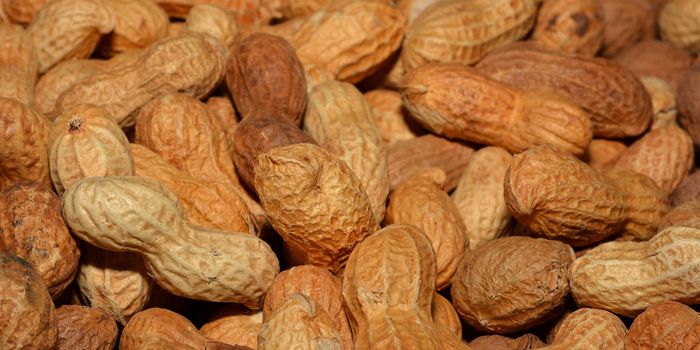
While long touted for it's health benefits as well as it's ability to enhance any dinner party, red wine has been studied again, specifically the compound resveratrol produced in the grapes used to make the wine. Researchers at The Scripps Research Institute (TSRI) have recently published a study that sheds new light on how the resveratrol actually works.
Resveratrol is a substance produced in grapes, cacao beans, Japanese knotweed and some other plants in response to stressors including infection, drought and ultraviolet radiation. It has attracted widespread scientific and popular attention over the past decade, as scientists have reported that it extended the lifespan of obese mice and even prevented the onset of diabetes in these mice.
More recently though, researchers in this field have disagreed about the signaling pathways resveratrol activates to promote health. In some experiments, unrealistically high doses were used and some believed the dose amounts and not the resveratrol were affecting the results.
"This stress response represents a layer of biology that has been largely overlooked, and resveratrol turns out to activate it at much lower concentrations than those used in prior studies," said senior investigator Paul Schimmel, professor and member of the Skaggs Institute for Chemical Biology at TSRI.
"With these findings we have a new, fundamental mechanism for the known beneficial effects of resveratrol," said lead author Mathew Sajish, a senior research associate in the Schimmel laboratory.
Schimmel and his colleagues are somewhat new to the research focus on resveratrol. Their laboratory is better known for its work on tRNA synthetases. These enzymes translate genetic material into amino acid building blocks that make proteins. Schimmel and others have shown in research since the 1990s that the tRNA synthetases have developed other functions in mammals.
Xiang-Lei Yang, a TSRI professor in the Departments of Chemical Physiology and Cell and Molecular Biology and former member of Schimmel's laboratory, began to find hints that a tRNA synthetase called TyrRS, can move to the cell nucleus under stressful conditions-apparently taking on a protective, stress-response role. Sajish noted that resveratrol appeared to have broadly similar stress-response properties and also resembled TyrRS's normal binding partner tyrosine. "I began to see TyrRS as a potential target of resveratrol," he said.
For the new study, Sajish and Schimmel put TyrRS and resveratrol together. Their results showed that the resveratrol steered TyrRS to the cell nucleus. Tracking the resveratrol-bound TyrRS in the nucleus, the researchers determined that it grabs and activates the protein, PARP-1, a major stress response and DNA-repair factor thought to have a significance influence on lifespan. In mice injected with resveratrol, TyrRS's activation of PARP-1 led, in turn, to the activation of a host of protective genes including the tumor-suppressor gene p53 and the longevity genes FOXO3A and SIRT6.
The team's experiments showed, however, that the TyrRS-PARP-1 pathway could be measurably activated with much less resveratrol, as much as 1,000 times less than used in previous studies. "Based on these results, it is conceivable that moderate consumption of a couple glasses of red wine (rich in resveratrol) would give a person enough resveratrol to evoke a protective effect via this pathway," Sajish said
"We think this is just the tip of the iceberg," said Schimmel. "We think there are a lot more amino-acid mimics out there that can have beneficial effects like this in people. And we're working on that now." Schimmel's team is searching for molecules that can activate the TyrRS stress response pathway even more potently than resveratrol does.
In the mean time, raise a glass of cabernet to the science of the grape.
 While long touted for it's health benefits as well as it's ability to enhance any dinner party, red wine has been studied again, specifically the compound resveratrol produced in the grapes used to make the wine. Researchers at The Scripps Research Institute (TSRI) have recently published a study that sheds new light on how the resveratrol actually works.
While long touted for it's health benefits as well as it's ability to enhance any dinner party, red wine has been studied again, specifically the compound resveratrol produced in the grapes used to make the wine. Researchers at The Scripps Research Institute (TSRI) have recently published a study that sheds new light on how the resveratrol actually works.







